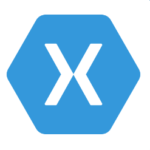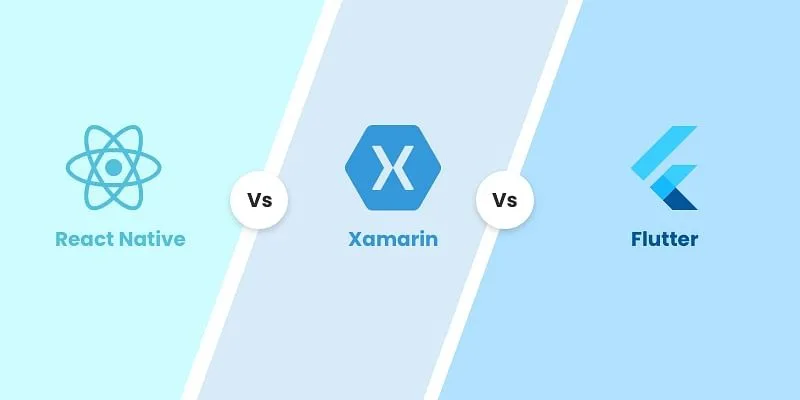In the ever-evolving world of mobile app development, one question remains at the forefront: Which cross-platform framework should you choose? Flutter, React Native, and Xamarin have emerged as the frontrunners, each with its unique strengths and weaknesses. This guide aims to delve deep into these frameworks, providing you with the necessary insights to make an informed decision.


Flutter: A New Era of Cross-Platform Development
Flutter, developed by Google, is a UI toolkit for creating natively compiled applications for mobile, web, and desktop from a single codebase. It’s known for its fast development cycles, expressive UIs, and native performance.
Pros:
- High performance due to Dart compilation to native code.
- Hot reload feature allows for rapid testing and development.
- Wide range of widgets for building complex UIs.
Cons:
- Larger app size compared to other frameworks.
- Relatively new, with a smaller community and fewer resources.
Ideal Use Cases:
- Apps requiring custom, complex animations and UI.
- Projects where rapid development and testing are crucial.

React Native: Bridging the Gap
React Native, introduced by Facebook, lets developers build mobile apps using JavaScript and React. Its main selling point is the ability to use a single codebase for both iOS and Android platforms, significantly reducing development time and costs.
Pros:
- Large community support and a wealth of libraries.
- Ability to integrate with native components for high performance.
- Live and hot reloading features.
Cons:
- Performance can be an issue for highly graphic-intensive apps.
- Requires native code for full functionality, which might necessitate hiring platform-specific developers.
Ideal Use Cases:
- Projects that need a quick turnaround and have limited budgets.
- Applications that do not require complex animations or native look and feel.

Xamarin: The .NET Ecosystem Extension
Xamarin, a Microsoft-owned framework, allows for the development of Android and iOS apps using .NET and C#. It stands out for its ability to provide a near-native user experience and its extensive library of components.
Pros:
- Strong performance close to native apps.
- Extensive support from Microsoft and a large developer community.
- Direct access to native APIs.
Cons:
- Heavier apps in terms of size and memory usage.
- Steeper learning curve for developers not familiar with .NET or C#.
Ideal Use Cases:
- Applications that demand complex business logic and high performance.
- Projects where developers are already proficient in C# and .NET.

Comparing
When comparing Flutter, React Native, and Xamarin, several factors come into play, such as performance, development experience, community support, and cost-efficiency. Each framework has its area where it shines and others where it falls short. The key is to align the framework’s strengths with your project’s specific requirements.
Choosing the Right Framework: A Strategic Decision
Selecting the right framework for your project involves considering the project’s requirements, the expertise of your development team, and your app’s future scalability. It’s a decision that should not be taken lightly, as it can significantly impact your project’s success
How can Codekubix help you about cross-platform development?
Codekubix can be a valuable ally in your journey through cross-platform development, offering a blend of educational content, community support, and practical tools tailored to the unique challenges and opportunities of using Flutter, React Native, and Xamarin.
Reach out to us today to learn more about how we can guide your organization through the complexities of choosing the right cross-platform development framework—be it Flutter, React Native, or Xamarin—to align with your project goals and technical requirements.
CONCLUSION
In the domain of cross-platform development, Flutter, React Native, and Xamarin each offer compelling advantages and pose certain challenges. The ultimate choice hinges on your project’s unique needs, your team’s skills, and the long-term vision for your app. By carefully considering these aspects, you can select a framework that aligns with your development goals, ensuring a successful and efficient app development process.
Cross-platform development involves creating software applications that work on multiple operating systems or devices from a single codebase.
The right framework can significantly reduce development time and costs, improve performance, and ensure a smoother user experience across different platforms.
While possible, switching frameworks mid-development is costly and time-consuming. It’s best to make a well-informed decision early on.
Consider your project’s specific needs, your team’s expertise, and your app’s desired functionality and performance.
While cross-platform development can reduce initial costs, potential hidden costs include maintenance, updates, and scaling across platforms.
